Thai designer Anon Pairot strides towards the entrance of the exhibition hall among the guests who are waiting to get in. Tonight is the vernissage, followed by the VIP viewing, at Art Stage, and a handful of them are here early, doubtless to avoid the crush that is expected to build up later.
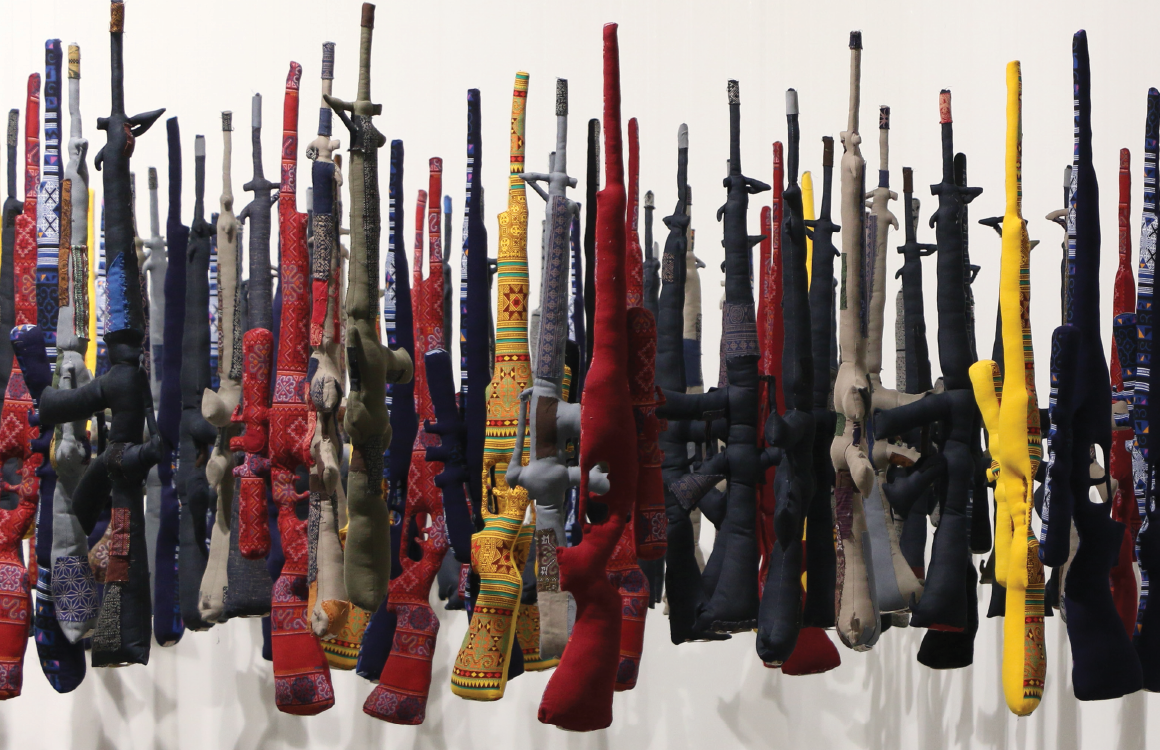
Anon, who is exhibiting at the fair, flashes his ID and the security guard waves him in. He should be familiar with the exhibition hall: He was here earlier setting up his installation, Weapons for the citizen, a collection of plush toy assault rifles in bright, hand-woven, Thai fabric casing.
Last year, he was here, too, basking in the unexpected success of Chiangrai Ferrari, a painstakingly detailed, life-size model of a sports car crafted in woven rattan. Last year, fair visitors also endured the long wait to be photographed next to Anon’s Sweet Word # Life, #Happy, #Faith and #Love – positive messages traced with plastic cockroaches on framed boards.
‘Artist’ may be a relatively new title for Anon, but the 37-year-old wears it well. After all, he has been creating objects that trespass the boundary set up between art and design. His furniture and home accessories, although highly functional and appealing, are mostly based on a high concept, and are often the shorthand for a social statement.
Even outside Thailand, Anon is a highly regarded designer. His network reaches all the way to Milan and Paris, where he has either exhibited his works or has done collaborations with other designers. Yet he has not morphed into the ‘superstar designer’ that he could easily be. In the midst of the thickening crowd at Art Stage, he seems lost and slightly overwhelmed.
- AN ADVOCACY
- HUMAN CAPITAL
- FROM DESIGN TO ART
- DEEPER, HIGHER MEANING
An Advocacy
While working as consultant for the Thai government’s Department of International Trade Promotion (DITP), Anon put together his first exhibition of Asian designers. “It was initially difficult to persuade the government; they saw it as promoting not only the Thai designers, who are understandably their priority, but also those from other countries.”
But he was able to convince the government that an exchange of ideas would benefit local designers more than a show focused solely on them and their output. It could create opportunities and generate business, and dovetail with official push for Thailand to become an Asian design hub.
The task was huge and included finding sponsors for flight and accommodation of participants, inviting local and regional press, setting up exhibition booths, and bringing over exhibition materials among others, but Anon stepped up to the job. “I can do other projects, like putting together a book about Thai architects, and make more money from it, but I find organizing a trade fair for fellow designers more worthwhile.”
Engaging and uniting communities has always been Anon’s advocacy. His original idea for Asia Talents was simply to create a platform where designers can learn from – and hopefully work with – each other. Since 2013, the annual exhibition and competition has been showcasing works by both rising and accomplished designers.

- AN ADVOCACY
- HUMAN CAPITAL
- FROM DESIGN TO ART
- DEEPER, HIGHER MEANING
Human Capital
Anon Mao Pairot is the middle child of provision shop owners from Nonthaburi, a suburb of Bangkok, where he grew up. He recalls a boyhood spent in a modest household, where working and playing with his elder brother and younger sister comprised his childhood activities.
He does not recall any particular interest developing early in school until he entered the King Mongkut University of Technology North Bangkok where he would emerge with an engineering degree. After graduating, he enrolled again, this time at the Faculty of Architecture at the King Mongkut Institute of Technology Ladkrabang, where he majored in industrial design.
His early stint as curator and design director at Srivikorn Group Holding exposed him to the spectrum of professional avenues in design, and helped shaped the trajectory of his career. Focusing on R&D for design businesses and retail, and importing design products for the local market provided him with an insight into what the Thai market wants.
But Anon was not one to settle for mere commercial success. “I see my work as problem-solver. I believe that design can improve human life in very real terms.” Besides designing products that would appeal to consumers, Anon is equally interested in solving their problems. “Creating a design object requires many steps that invariably include production methods. How does the production affect the environment; how are raw materials procured and processed? Those are very important questions to consider.
“I get asked to look into the system of design companies in order to see how they can increase productivity and efficiency, and my first impulse is always to look at how the workers are treated. You can pump in capital to acquire technology and upgrade your facility, but if you aren’t prepared to invest in human capital, you will face difficulties.”
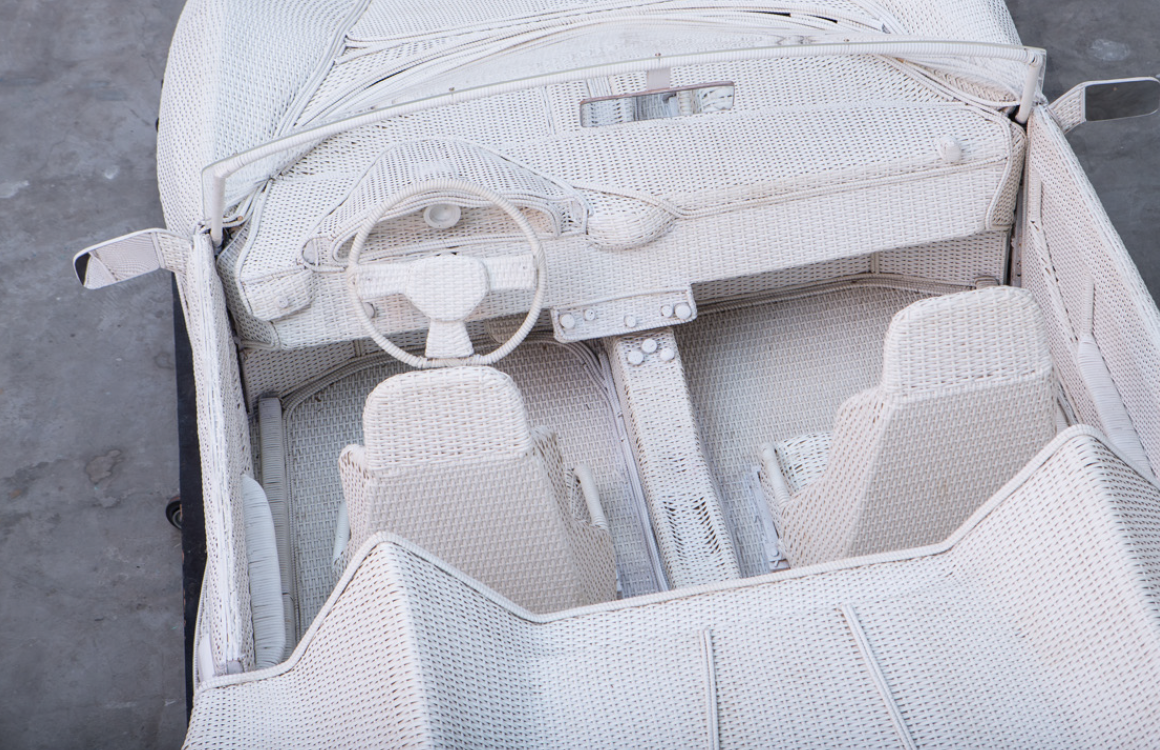
- AN ADVOCACY
- HUMAN CAPITAL
- FROM DESIGN TO ART
- DEEPER, HIGHER MEANING
From Design to Art
Anon’s quest to put human element squarely in the equation is the starting point of his artistic journey. While on a research trip on traditional Thai handicrafts, he chanced upon a basket-weaving workshop in Chiang Rai, a province in the northern part of Thailand. Once an active facility for basketry, the workshop performed both commercial and cultural functions for the community by providing employment and keeping a traditional craft alive.
At that point, however, business had already slowed down and interest in the craft was on the wane. Anon thought of a project that would revive the craftsmen’s enthusiasm while providing them with an income. Thus Chiang Mai Ferrari (2015) was born.
“I dared them to create a life-size Ferrari in woven rattan, with all the details, except, obviously, the engine. I thought it would be a worthy challenge—it was something new, and would put their skills to the test.” Chiangrai Ferrari, which has since been acquired by a collector, has changed the thinking of its weavers. A picture of the piece, which ran in Singapore broadsheet Straits Times, hangs in the workshop.
“The piece hopefully restored the pride that those craftsmen used to have in their skills. When I showed them the press coverage it garnered, they were very happy. It was hard for them to believe that what they created has high value to other people.”
- AN ADVOCACY
- HUMAN CAPITAL
- FROM DESIGN TO ART
- DEEPER, HIGHER MEANING
Deeper, Higher Meaning
Inquiries into the nature of materialism, the quantum of human input, and the tangible aspect of functionality have all given Anon inspiration to create art. In A new god (2016), he explores materialism with an imaginary Chanel flap purse, its trademark supple leather, diamond-pattern quilting, and interlocking C logo rendered life-like precision. But the piece is carved in marble—the preferred material for carving statues of deities.
Gavel to gavel (2014) looks into man’s view with the divine. The 120-centimeter-tall piece is a heap of burned gavel hammers nailed together to form the head of a Buddha. And in The Ordinarian Tank (2016), he transforms jerry cans into luxurious stools by casting them in brass and aluminum. Are they still the utilitarian water carrier/storage, or, by virtue of their material, a coveted piece for a designer home?
His latest output, Weapons for the citizen (2016), addresses the question of arming the people. The installation invites viewers to explore a maze of assault rifles hung from the ceiling—each of them made from brightly colored, hand-woven Thai fabric filled with plush toy stuffing. The images of carnage are thus dulled; it is reminiscent of Bernie Boston’s iconic photograph of a Vietnam War protester putting a flower into the barrel of a rifle held by a soldier.
Notwithstanding his opening of the exhibition space Schemata in Bangkok in 2015, Anon did not abandon his design roots. “I view this as an exhibition and activity space, rather than an just an art gallery. I want this to be open to creative exchanges, whether design, art or discourse.”
Clearly, Anon’s enormous talent does not allow him to settle down quietly on one side of the divide.










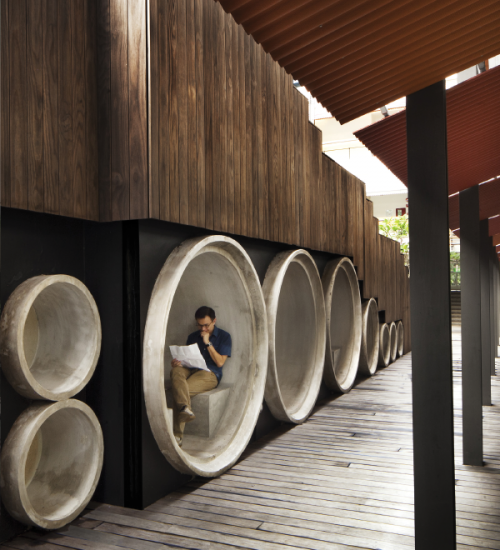
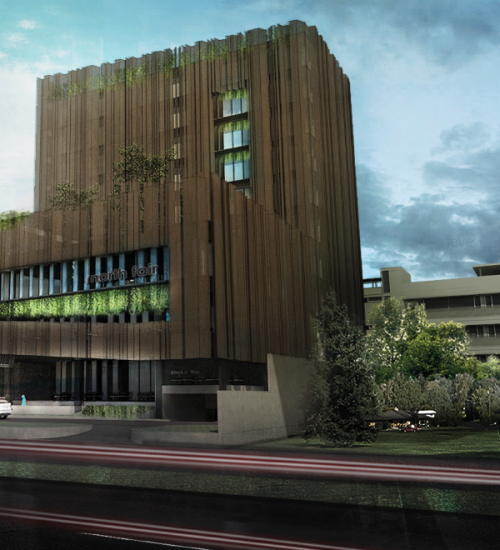
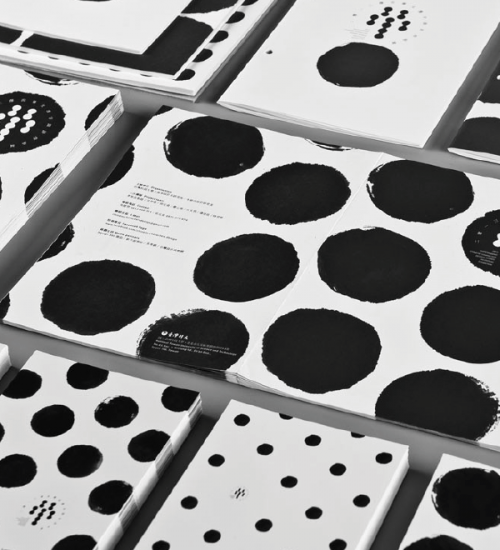
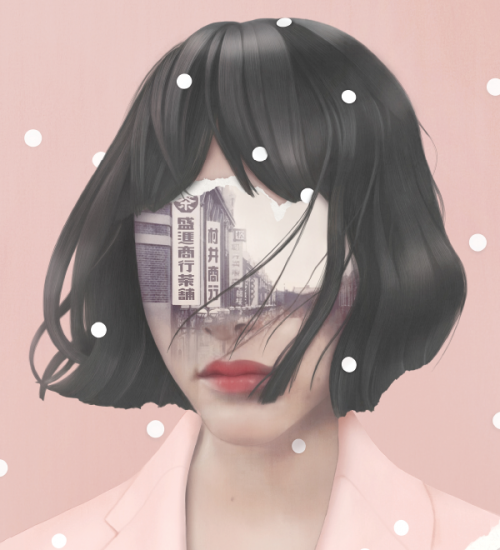
 Back
Back
